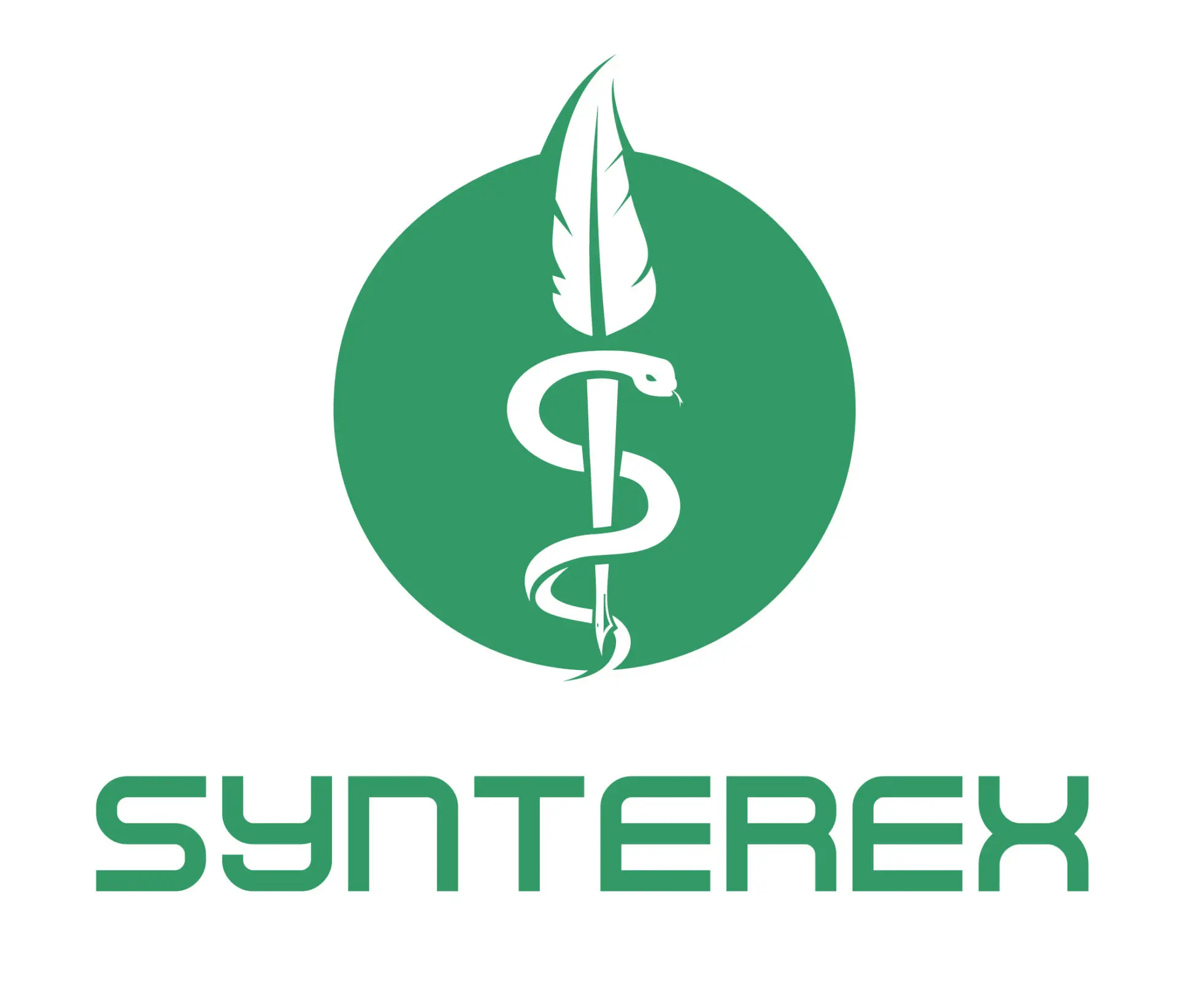For a drug to get on the market in the United States, it must go through a rigorous review by FDA’s Center for Drug Evaluation and Research (CDER) (or, in some cases, the Center for Biologics Evaluation and Research [CBER]). Drugs are tested in preclinical and then in clinical settings to assess safety and efficacy. The drug development process can be broadly classified into 4 chronological steps: drug discovery & development (identification of promising drug candidates); preclinical studies; clinical trials; and FDA assessment along with FDA Post Marketing Surveillance.
In drug discovery and development, promising drug candidates are identified and tested for several endpoints such as absorption, distribution, metabolism, and excretion (ADME), mechanism of action (MOA), safety (toxicology) and efficacy (pharmacology), pharmacogenomics, drug-drug interactions (DDI), and comparative analysis across similar drugs. Preclinical research is conducted for a potential drug candidate to assess its toxicological and pharmacological implications before starting clinical trials. To get FDA’s approval for clinical trials, a sponsor (drug manufacturer or marketer) should have sufficient preclinical results in animals to address any questions related to dosing, toxicity, and pharmacological activity. Sponsors need to submit an Investigational New Drug (IND) application to gain FDA’s consent for initiating clinical trials in humans. FDA’s role in drug development begins with reviewing IND submission, and at that point, the drug changes in legal status under the Federal Food, Drug, and Cosmetic Act and becomes a new drug subject to specific requirements of the drug regulatory system.
Preclinical testing is followed by clinical research. To start clinical trials, sponsors should have a study protocol in place to answer specific research objectives. In the IND application, sponsors should include animal study data and toxicity data, manufacturing details, the clinical protocol, a priori data on human research, and information about investigator. The IND submission is reviewed by the team of FDA reviewers, which typically includes a medical officer, statistician, pharmacologist, pharmacokineticist, and chemist. The outcome of the review is either approval to begin clinical trials or comments to improve trial quality. Occasionally, a clinical hold is put forth to delay or stop trials until issues are resolved. Post approval and during trials, sponsors are responsible to inform the FDA about protocol amendments and adverse events. Trials are followed by generation of the clinical study report (CSR), a summary of the trial data. Clinical trials are conducted to generate diagnostic or therapeutic results, which should strongly support the drug’s safety (and potentially efficacy, depending on the phase and study population) for the intended use.
The marketing approval for the intended drug can be obtained after submitting a new drug application (NDA) to the FDA (or biologics license application [BLA] in some cases). The NDA details preclinical and clinical data, together with information on the drug’s behavior in the body and its manufacturing, processing, and packaging details. The overall goal of the NDA is to provide critical details to FDA reviewer. Post NDA submission, the FDA reviewer will evaluate the drug on the following points:
- Drug’s safety and efficacy for the intended use
- Benefit-risk ratio
- Appropriateness of drug’s proposed labeling (package insert)
- Adequateness of the drug’s manufacturing and control details in preserving the identity, strength, quality, and purity
Following the inspection of the drug manufacturing facility, the reviewer can approve or issue a response letter for the drug. If approved, drugs are monitored under the FDA’s post-approval risk assessment system to ensure required action in case of treatment-related adverse events in the patient population. During monitoring, the sponsor is responsible for providing updates such as the periodic safety update report (PSUR).
Drug development can be a long road, but that does not deter the spirits of our contributors at Synterex, like preclinical or clinical scientists, physicians, regulatory strategists, medical writers, and other stakeholders, who work earnestly to support the entire product lifecycle and ultimate approvals.
